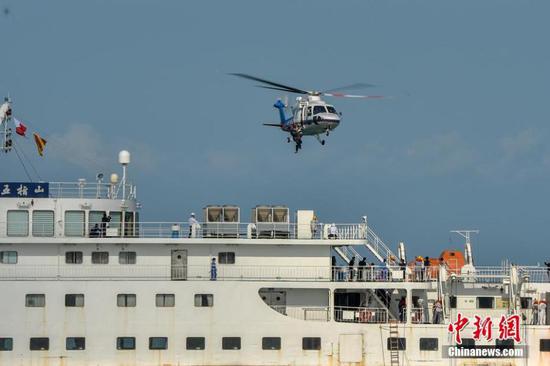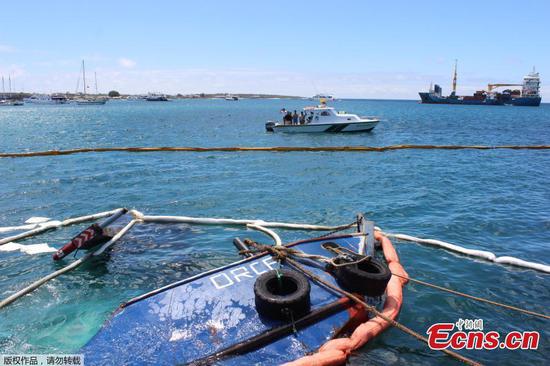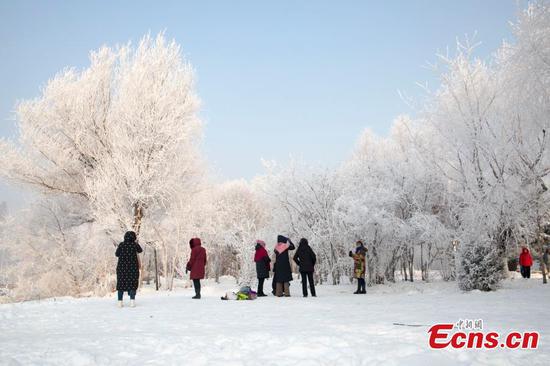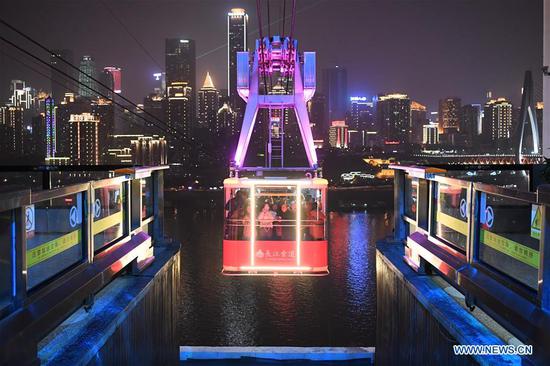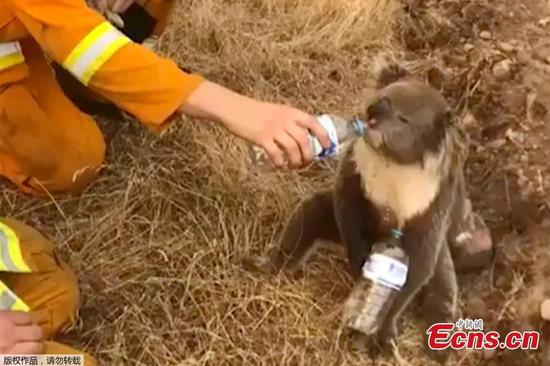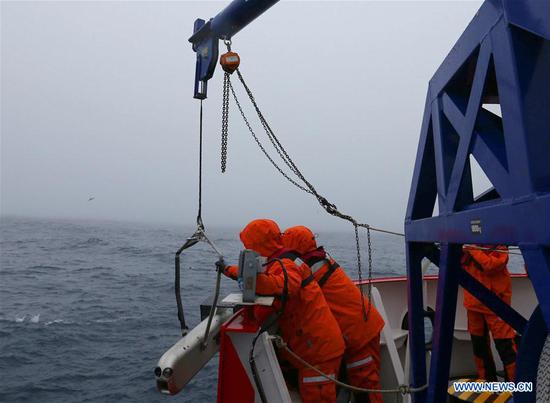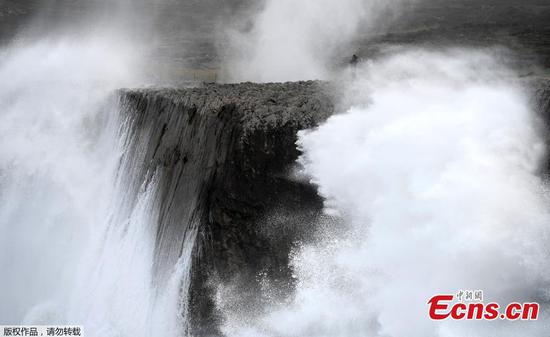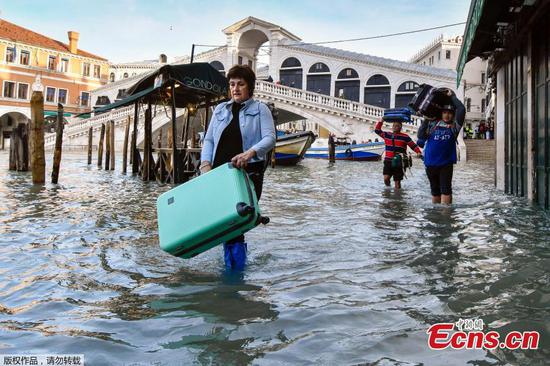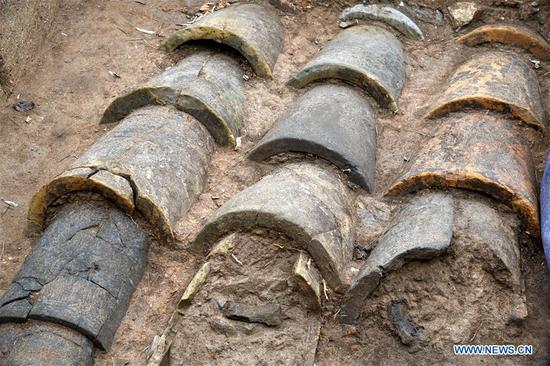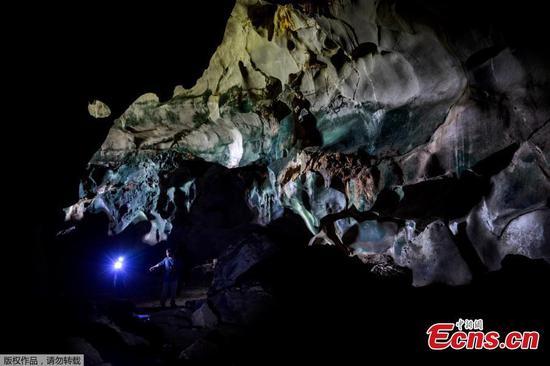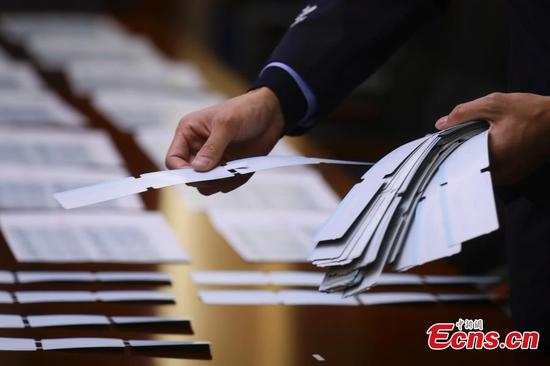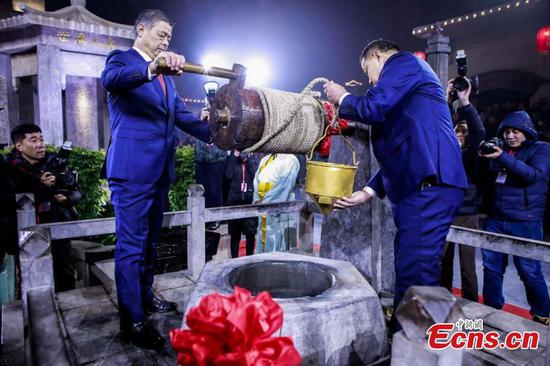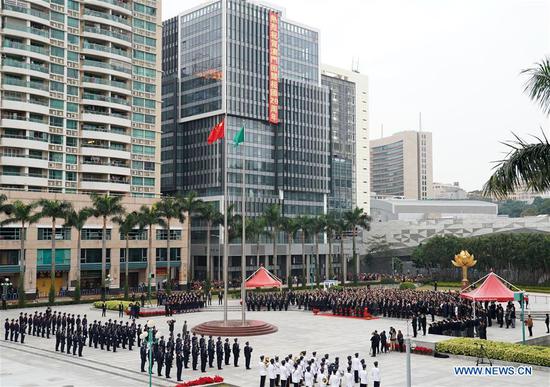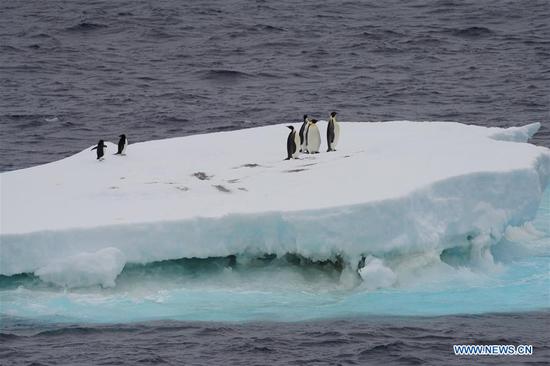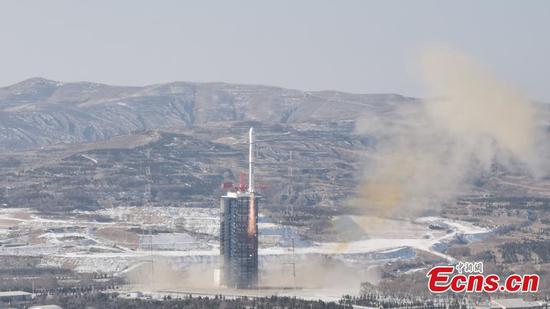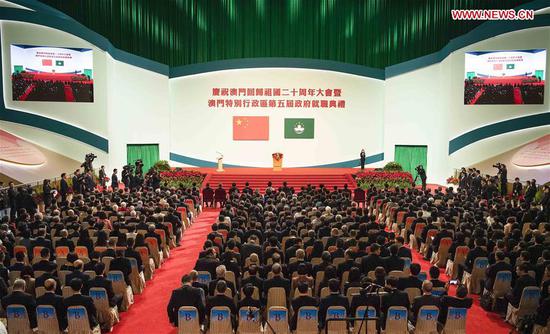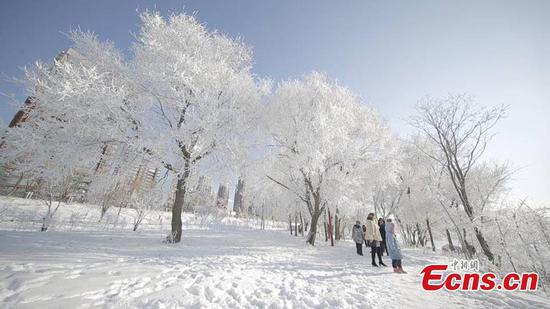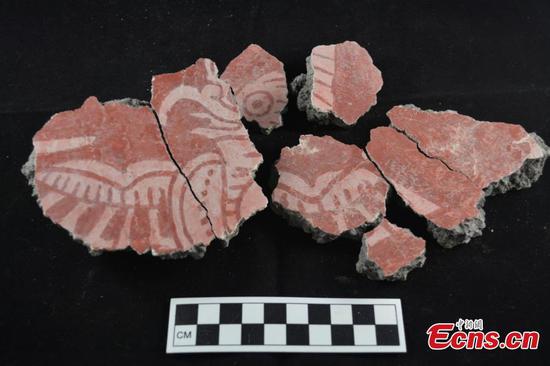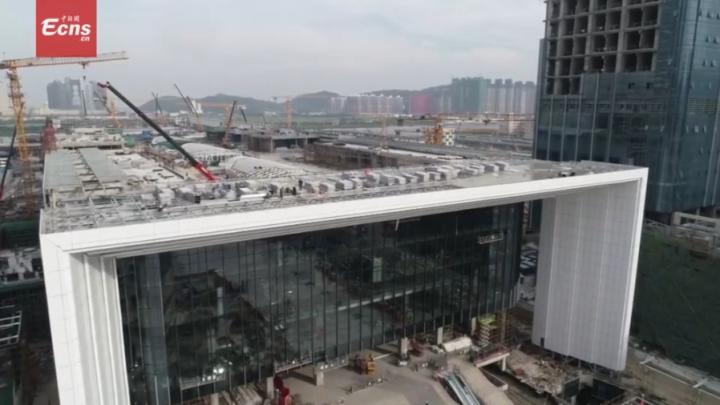The Japanese government is debating how to release radioactive water from the Fukushima nuclear plant.
As the space for storage tanks containing the water runs out, Japan’s Natural Resources and Energy department is proposing three ways to release the water. Either into the sea, into the air by vaporization or a combination of both.
No decisions have been made yet.
The plant has been a pumping tons of newly contaminated water every day, filtering out radioactive pollutants.
Radioactive tritium is still left behind, which can be harmful to humans in high enough doses.
The International Atomic Energy Agency says the water can be released into the ocean without environmental harm if it is properly filtered and diluted with seawater.
In 2010 the Fukushima power plant had a meltdown after being hit an earthquake-triggered tsunami.
More than 900-thousand metric tons of contaminated water is currently being stored in giant tanks at the site.
TEPCO, the plant operator, is building more tanks but media reports say they will be full by summer 2022.











